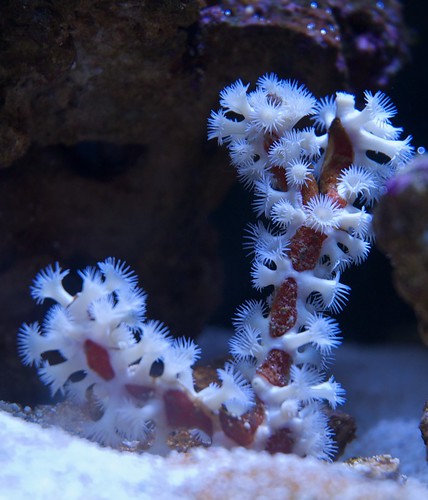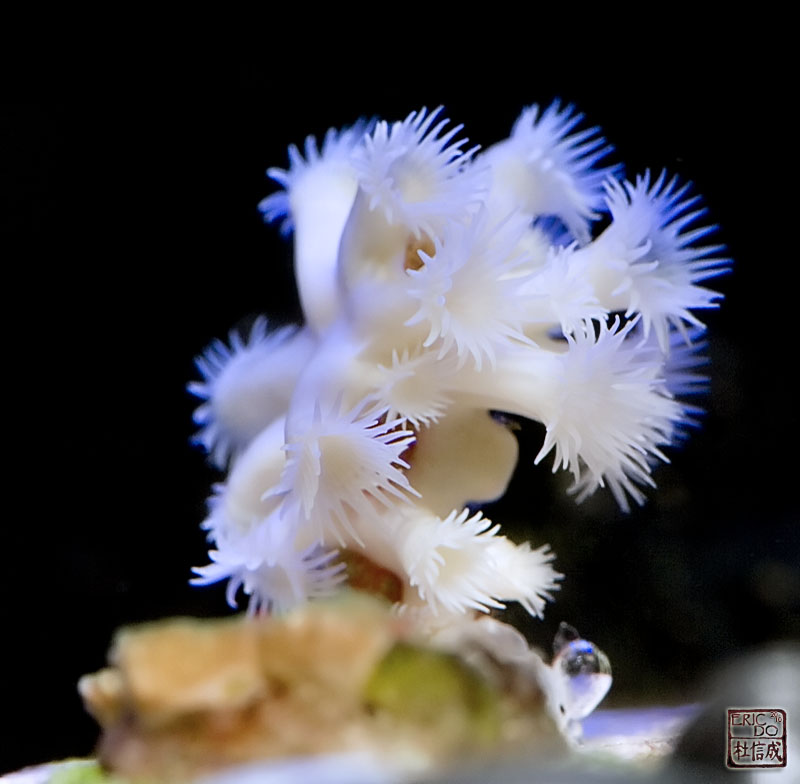The diversity and specificity of symbiotic associations may be useful in revealing the underlying ecology of symbioses and evolutionary relationships of symbiotic species. Symbioses between coral reef sponges and zoanthids are widespread and common in the greater Caribbean region, although the diversity and specificity of the species involved have only been explored at a few sites and the adaptive significance has only been examined for three combinations. We identified extensive diversity among sponges that associate with zoanthids by compiling sponge–zoanthid species associations from field surveys, the literature, and museum collections, and examined the patterns of specificity at multiple levels of sponge and zoanthid taxonomy. The results obtained indicate that facultative sponges are highly specific to the species of their partners whereas obligate zoanthids are not. The patterns of specificity among sponges and zoanthids suggest that many of these associations are not likely to be parasitic. Sponges harbouring photosynthetic endosymbionts associate at a disproportionately high frequency with zoanthids that harbour photosynthetic endosymbionts. Zoanthids embed in the surfaces of sponges to various degrees, resulting in a range of intimacy that negatively correlates with the number of hosts and polyp volume of zoanthids. Dendrograms based on the similarity among associations are largely consistent with current hypotheses of sponge higher-order systematics, but inconsistent with the current hypotheses of zoanthid systematics, and they highlight the potential utility of ecological characters in systematic analyses. © 2007 The Linnean Society of London, Biological Journal of the Linnean Society, 2007, 92, 695–711.




